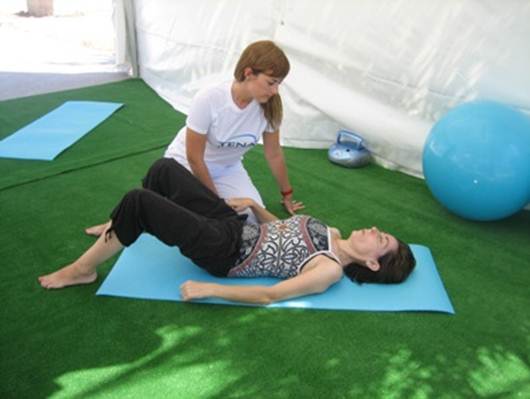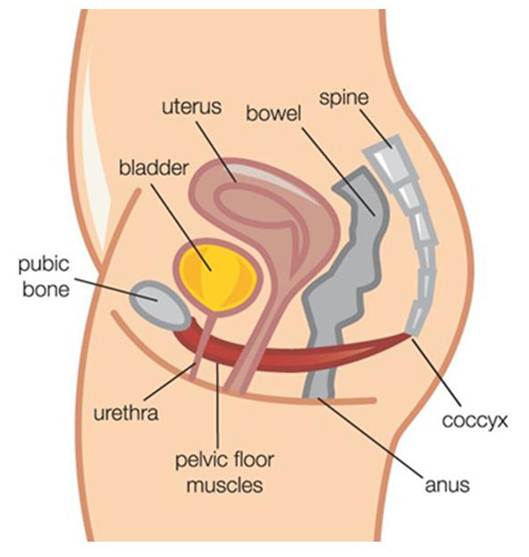Pelvic floor problems, like urinary
incontinence and pelvic prolapsed, are common but not often discussed. Here are
some non-surgical solutions.
Have you ever needed to wee so badly that you do that little dance where you hop from one foot to
another? We all know what it feels like when you’re bursting to go, but for
some women the urge is simply too urgent and holding it in isn’t possible at
all. So they suffer in silence, cringing at the thought of talking about this
embarrassing problem.

In fact, most women who suffer from pelvic
floor problems, like urinary incontinence or pelvic prolapse, are too
embarrassed to even discuss their condition with their doctors, says Johannesburg-based
urologist Dr Muhammad Barmania.
“Patients suffer in solitude. Often their
life is planned around the availability of a toilet. They know where all the
public ones are,” he says. But understanding and attending to these pelvic
floor problems, such as urge incontinence (UI), stress incontinence (SI) and
pelvic prolapsed (PP), could help prevent and minimize your condition
altogether.
About 28 percent of women age 50 and
younger experience urinary leakage, increasing to 34 percent of women older
than 50, according to a review of 22 studies. And 20 to 30 percent of all women
suffer from a degree of pelvic prolapsed – a descent of the uterus, vagina,
bladder or rectum because the surrounding muscles and ligaments no longer
provide enough support. “General, pelvic floor problems are more common in the
older age group, but it’s not age specific,” says Dr Barmania.

If a woman has had babies, she’s more at
risk, says Cape Town-based urologist Dr Stephen Eppel. “Pelvic floor problems
occur more frequently in women who’ve experienced vaginal deliveries because of
the trauma to the pelvic floor muscles caused by birth,” he says. But even
women who haven’t delivered babies can develop urinary incontinence as well as
prolapsed, due to gravity, age and hormonal changes.
There are surgical options for both
problems, which are indicated in certain cases, but surgery has risks and
benefits.
Now for the good news: natural approaches –
Kegels, physical therapy, dietary changes and herbal remedies – can work to
prevent and treat urinary incontinence.
Stress incontinence solutions

If you leak when you sneeze, cough, run,
jump or lift weights, you have stress incontinence, caused by pressure –
“stress” – on the bladder. The cause is a weakness in the vaginal support to the
neck of the bladder and urethra, resulting in weakness of the urethral
sphincter (valve)
You’re especially prone if you had a
difficult vaginal delivery, such as one involving forceps or other
interventions that can injure pelvic nerves and muscles.
And being overweight doubles the risk of
stress incontinence because the extra kilograms put pressure on the bladder.
Slimming down appears to help. In a 2010 Journal of Urology study of women with
daily leakage episodes, those who lost 7.5 percent of their body weight after
one year reported a 65 percent reduction in episodes of stress incontinence.
If stress continence interferes with your
daily life and you’re not a candidate for, or interested in, surgery, what
then?
First: Kegels. Then, more Kegels. These
exercises work both to prevent and treat stress and urge incontinence by
strengthening the pelvic floor. According to the 2011 TENA Urinary Incontinence
Practises in South Africa survey, gynaecologists are inclined to encourage
exercise as a first line of treatment.
You can, and should, do Kegels on your own.
However, if you have persistent, bothersome leakage, you may want to see a
specially trained physical therapist. S/he may use exercises and/or biofeedback
to improve your pelvic floor muscle strength.